How can you tell if your relationship with your partner is toxic? Learn about what is a trauma bond exactly and the warning signs you may have one.
Below are some definitions, signs and information about how to deal from trauma bonding.
What Is A Trauma Bond?
A trauma bond is an attachment to an abuser in a relationship with a cyclical pattern of abuse. Patrick Carnes, Ph.D., coined the term in 1997. He defined it as an adaptive, dysfunctional attachment occurring in the presence of danger, shame, or exploitation in order to survive.
It is a trauma reaction created due to a power imbalance and recurring abuse mixed with intermittent positive reinforcement; in other words, good and bad treatment. The abuser is the dominant partner who controls the victim with fear, unpredictability, belittling, and control.
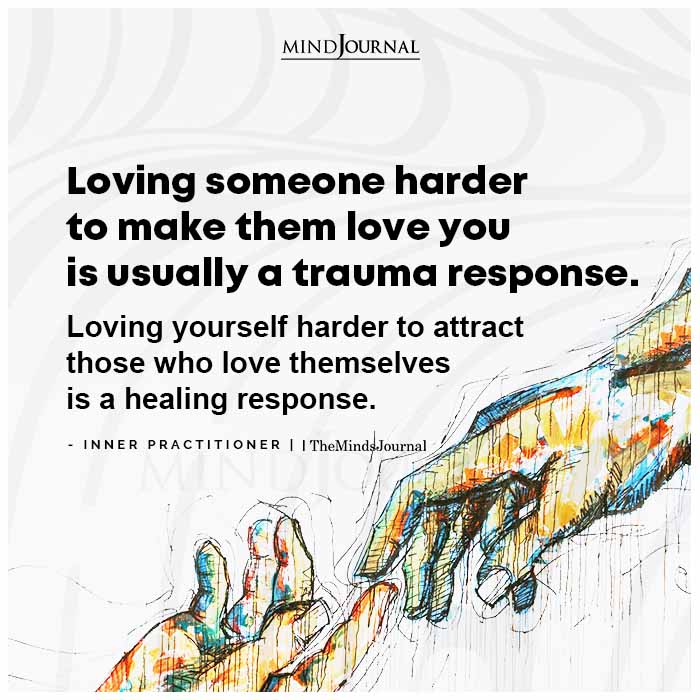
Behavioral psychologists call “intermittent reinforcement” conditioning (or “training”) behavior through the use of giving intermittent rewards. Positive reinforcement is when the abuser acts friendly, romantic, or vulnerable following abuse.
It’s easy to go into denial about the abuse to maintain a positive connection with the perpetrator and cling to the hope that the relationship will improve. Looking for rewards can become addictive, like constantly checking your phone or email.
Related: 6 Toxic Relationship Habits Most People Think Are Normal
This is how gamblers keep chasing an elusive win to get back their losses, even as they go into debt. Slot machines are programmed to encourage addictive gambling based on this phenomenon. This repeated pattern leads to a cycle of abuse.
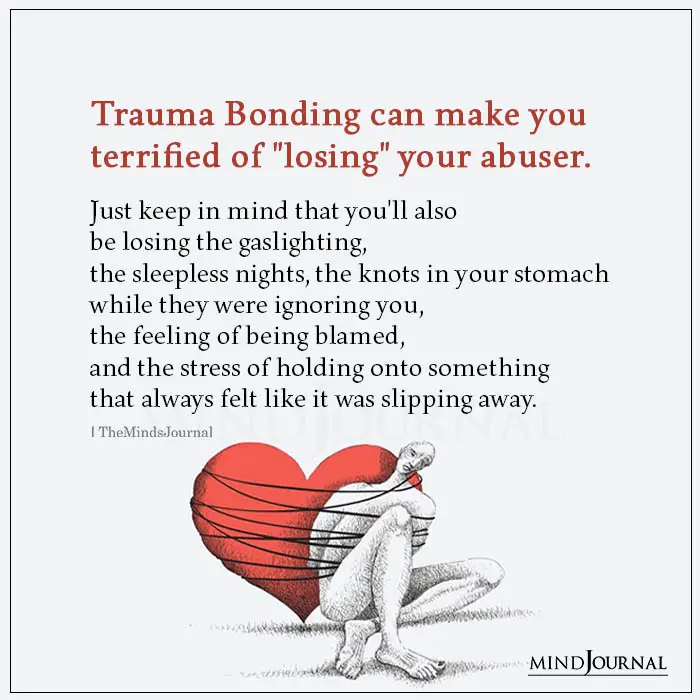
There may be expressions of remorse or false promises that the abuse will stop. This is similar to the “merry-go-round” of denial that accompanies addiction where the addict promises to quit.
Surprisingly, research confirmed that the reward-seeking behavior continued even after the rewards stop coming! In studies, rats neglected their grooming and other self-care habits but kept pushing the reward lever like a slot machine.
You can get addicted to emotionally unavailable partners because they may periodically want closeness. You become dependent on and addicted to your partner’s attention and validation. You can become addicted to any sign of approval or bits of kindness or closeness that feel all the more poignant (like make-up sex) because you’ve been starved and are relieved to feel loved.
Similarly, the mix of positive and negative feelings toward a Jekyl and Hyde abuser creates confusion and makes it hard to leave. Narcissists might intentionally withhold communication and affection to manipulate and control you with rejection or withholding, only to randomly fulfill your needs later.
You become anxious and try even harder to decipher the narcissist and how to please him or her to get what you previously had but to no avail. Like the experimental rats, you get accustomed to long periods of not getting your needs met.
Related: 6 Early Red Flags Of A Toxic Relationship
This is how you become increasingly childlike and dependent on the narcissist — watching and accommodating to avoid abuse and to receive the occasional reward.
Trauma Bonding Relationship: Stockholm Syndrome
The term “Stockholm syndrome” originated from a bank robbery in Stockholm, Sweden in the summer of 1973 when bank robbers held four people hostage for six days. This syndrome describes captives who sympathize with their abuser in life-threatening situations where they are isolated and can’t escape
Prisoners align with their captors. Any act of kindness or even the absence of abuse feels like a sign of friendship and being cared for. The abuser seems less threatening.
Prisoners imagine that they’re friends and share common values and goals, believing they’re in it together and may view helpers or the police as the enemy. In the Stockholm robbery, the prisoners sided with their captors against the police who rescued them.
Because of the emotional and psychological bonding, Stockholm syndrome terminology has been expanded to cover intimate relationships that are less perilous than hostage situations. However, this application is controversial.
Some people also argue that it’s not even abnormal behavior because it’s normal in the prisoner situation and adaptive. In fact, statistics show that friendliness and empathy for the abuser reduce violence against prisoners.
Related: What Is Trauma Bonding and How It Keeps You Stuck In Abusive Relationships
10 Signs of Trauma Bonding
Codependents are loyal to a fault. They are often preyed upon by and attracted to narcissists and abusers and feel trapped and hard to leave any relationship. This tendency is exaggerated in trauma bonds. You want to protect the abuser rather than yourself.
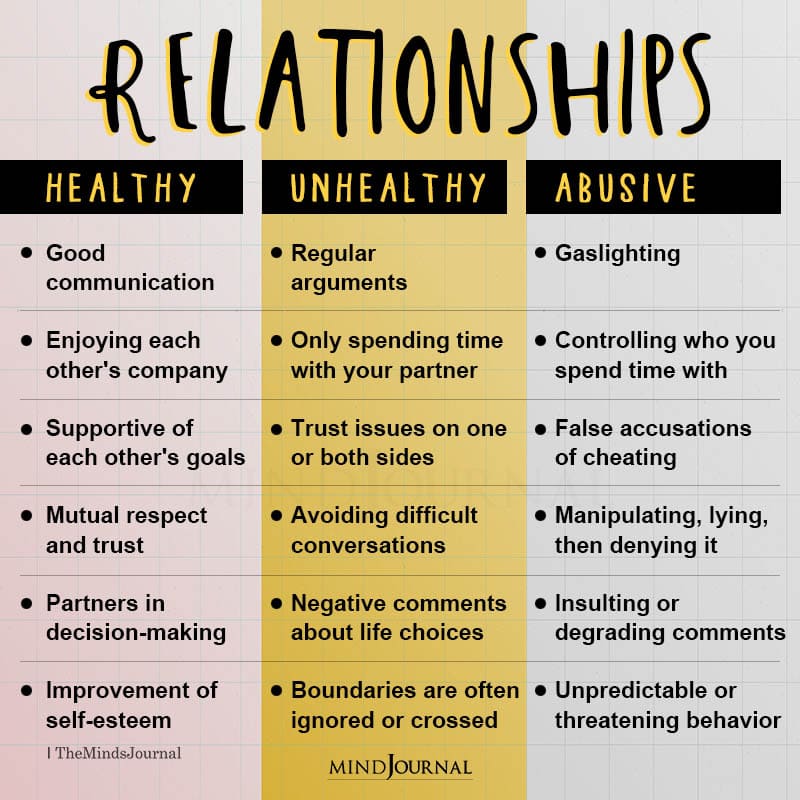
You make excuses for the abuser or hide or lie about the abuse to other people. You feel guilty when you talk to outsiders or think about leaving the relationship or calling the police. Outsiders who try to help feel threatening.
For example, you might see counselors and twelve-step programs as interlopers who want to brainwash and separate you and your partner. This reinforces the toxic bond and isolates you from help, which is exactly what the abuser wants!
Some conditions and signs are:
- You cover up or conceal the abuser’s behavior to other people.
- A cycle of behavior that’s hurtful to you, despite your complaints.
- You feel protective of your partner and feel guilty talking about the abuse.
- You rationalize the abuse or make excuses for your partner.
- You don’t want to leave or don’t like the relationship but feel unable to leave. Logic is distorted or is no help.
- You obsess about the relationship or the abuser.
- You doubt your feelings and perceptions.
- You blame yourself and accept blame for the abuser’s behavior.
- You continue to hope that things will improve, despite evidence to the contrary.
- You cling to any sign of positive attention from the abuser.
Effects of Trauma Bonding
Over time, trauma bonding increases dependency. You attempt to avoid conflict and become more deferential. Meanwhile, your self-esteem and independence are frequently undermined by emotional abuse. When you object, you’re attacked, intimidated, or confused by manipulation.
Consideration from your partner may become rare. Nevertheless, you’re hopeful and accommodating and keep trying to win back crumbs of loving attention. This behavior is common for victims of abuse who become attached to their abuser. You may have been gaslighted and have begun to doubt your perceptions due to blame and lies.
You might give up hobbies, interests, and friends and completely lose yourself trying to please and not displease your partner. This pattern may have developed in childhood and is now activated and exacerbated in your current relationship.
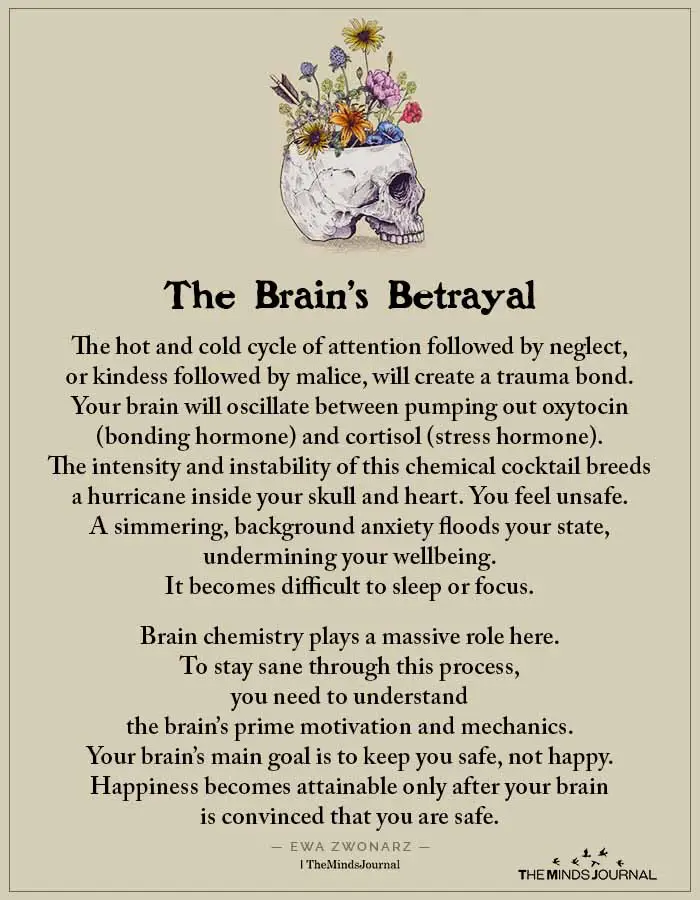
Related: Reactive Abuse: When You Can’t Stop Retaliating With The Narcissist
Trauma bonding is resistant to change. Our brains are wired to attach and before recovery, these bonds aren’t within our conscious control. So don’t judge yourself.
As denial and cognitive dissonance between reality and your beliefs and perceptions grow, you do and allow things you wouldn’t have imagined when you first met. You develop “learned helplessness.” Your shame increases as your self-esteem declines.
You feel guilty or responsible for the abuse. You wonder what happened to the happy, self-respecting, confident person you once were. Trauma bonds can harm your mental and physical health and create an increased likelihood of depression. This worsening trend parallels the chronic progression of codependency and makes it harder to leave.
You’re especially susceptible to becoming dependent on an abuser if you have codependency and/or the relationship dynamics are similar to what you experienced with a distant, abusive, or withholding parent.
The trauma bond with your partner outweighs the negative aspects of the relationship. You not only fear retaliation but also the loss of the emotional connection with your partner, which seems worse than the abuse. Some common symptoms are:
Symptoms of codependency
- Shame and low self-esteem
- Depression and anxiety
- Distrust in yourself and other people
- Difficulty concentrating and functioning at work
- Prolonged irrational feelings of guilt, even for leaving the abuser
- Intimacy issues in new relationships due to shame and fears of abuse and abandonment
- PTSD or CPTSD as a reaction to abuse even after leaving
- If you don’t leave the relationship, you may suffer loss of self, depression, health conditions, and possible addiction.
Related: Codependency in Toxic Relationships: Symptoms, Signs and How To Recover
If you’re experiencing abuse, don’t isolate or hide the fact. Reach out and get support. Seek counseling. It’s essential to seek treatment to leave an abusive relationship and to heal from trauma. There are many modalities available, including CBT coupled with EMDR or Sensory Experiencing (SE).
Also, join a 12-Step program such as CoDA or Al-Anon. Additionally, take steps to overcome codependency. Raise Your Self-Esteem, learn How to Be Assertive, and practice self-love.
These relationships are very hard to leave. Learn how to handle abusive relationships, restore your self-esteem, and acquire the strength to leave. Get Essential Tools for Improving or Leaving Narcissistic and Abusive Relationships.
© 2022 Darlene Lancer
Share your thoughts about the effects of trauma bonding relationships in the comments below!
Written By: Darlene Lancer JD LMFT Originally Appeared On: Codependency
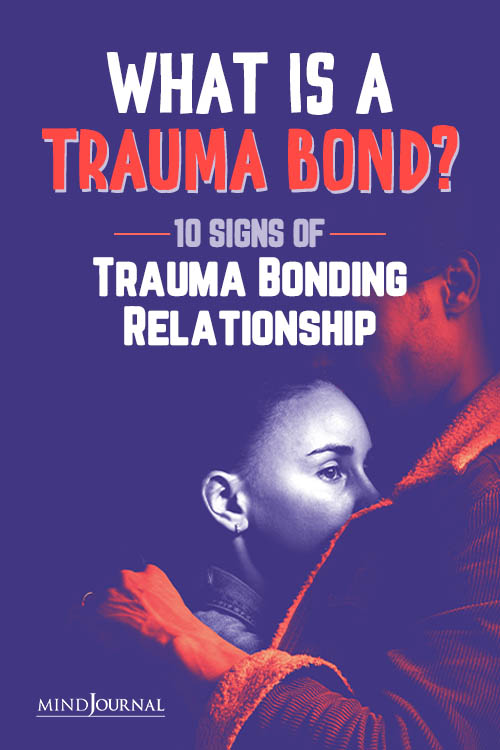
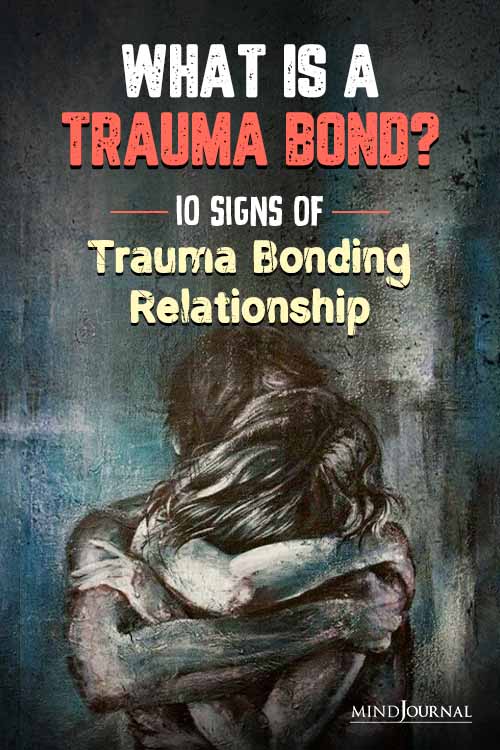
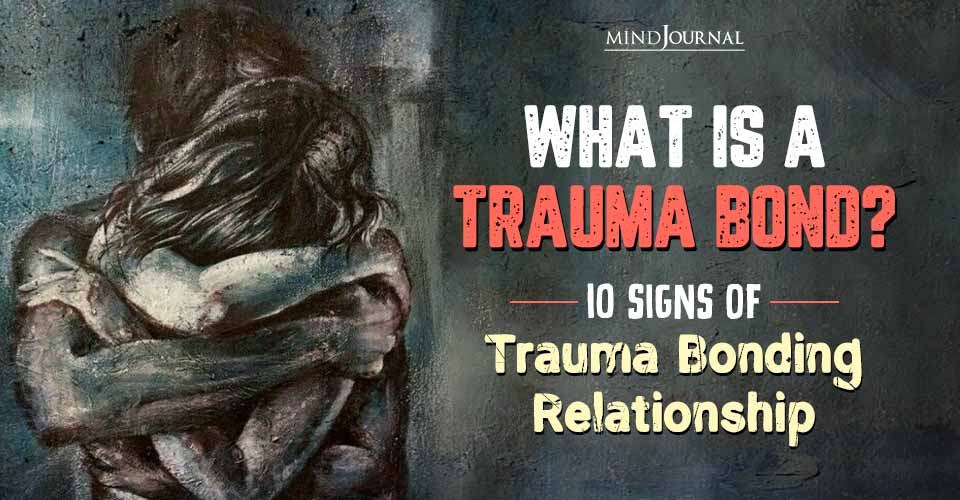
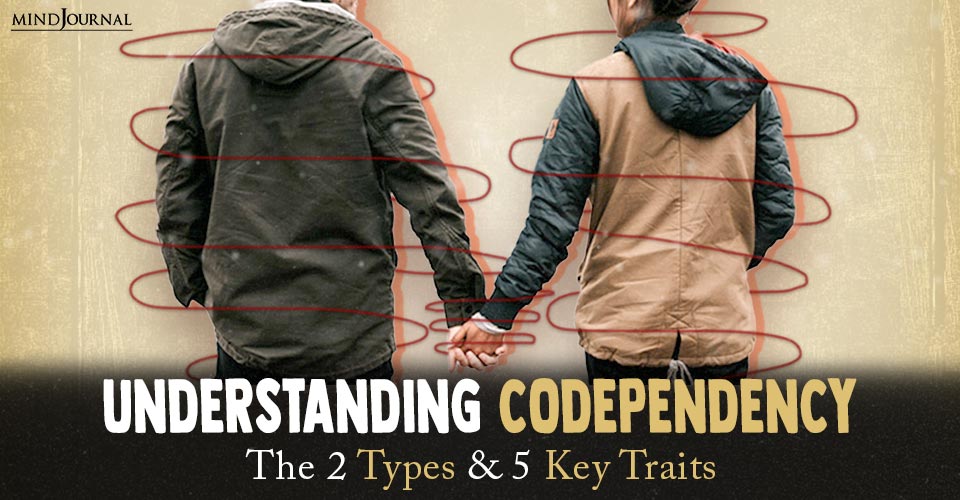

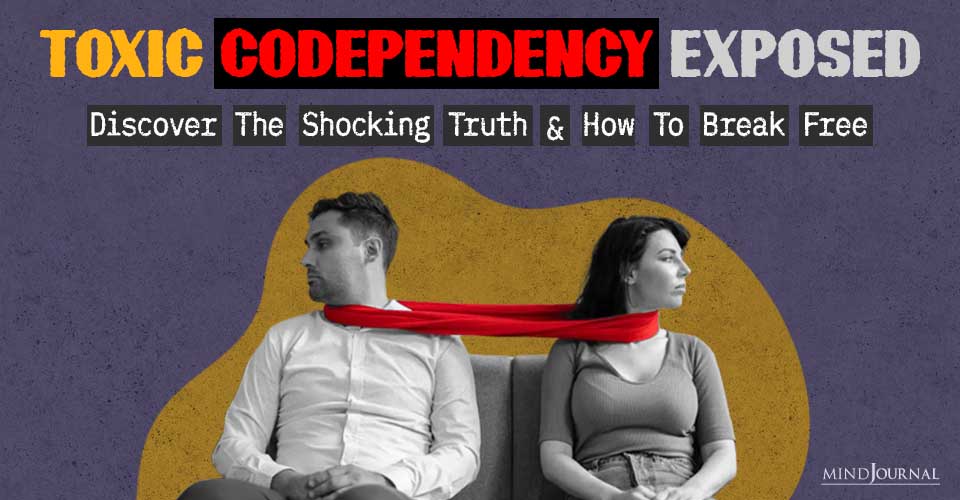
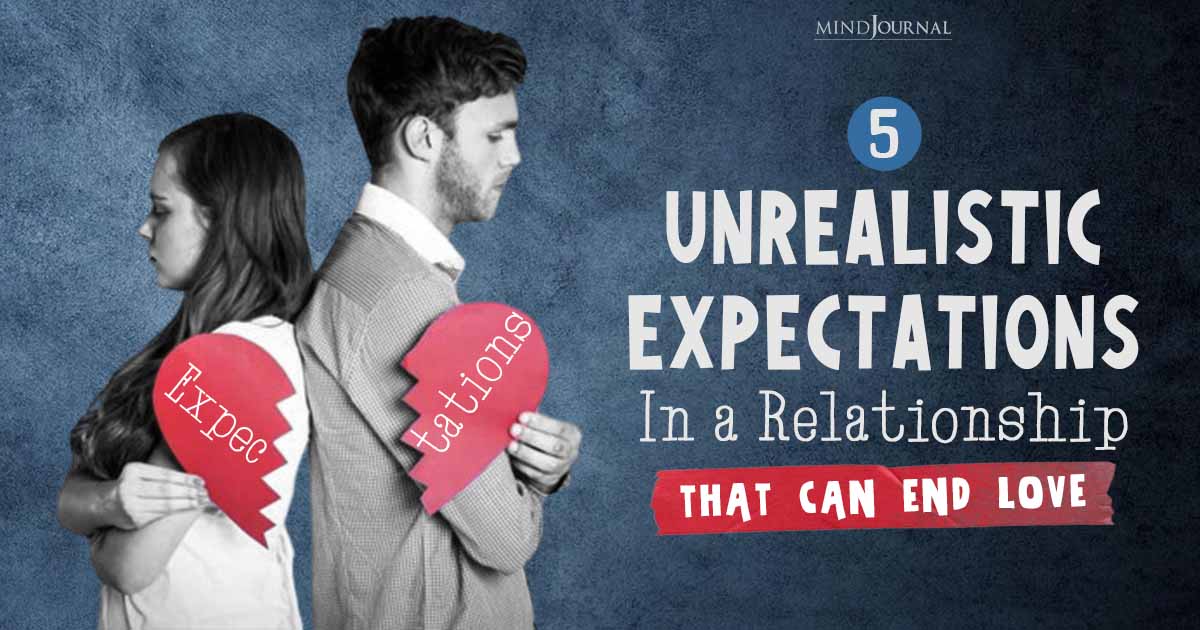
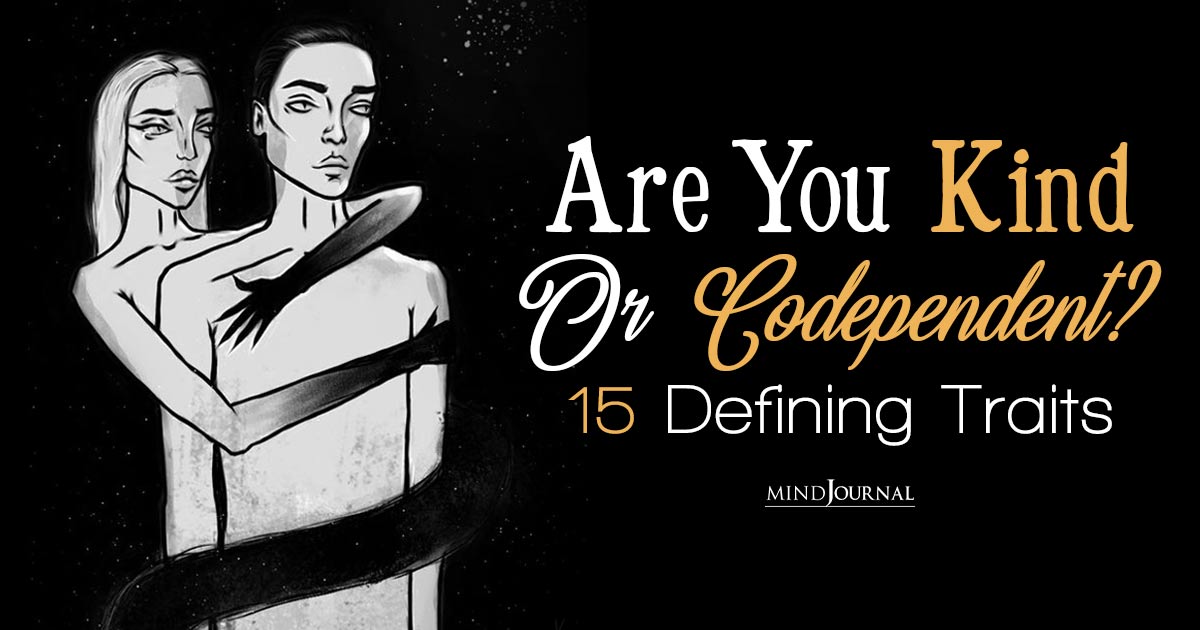
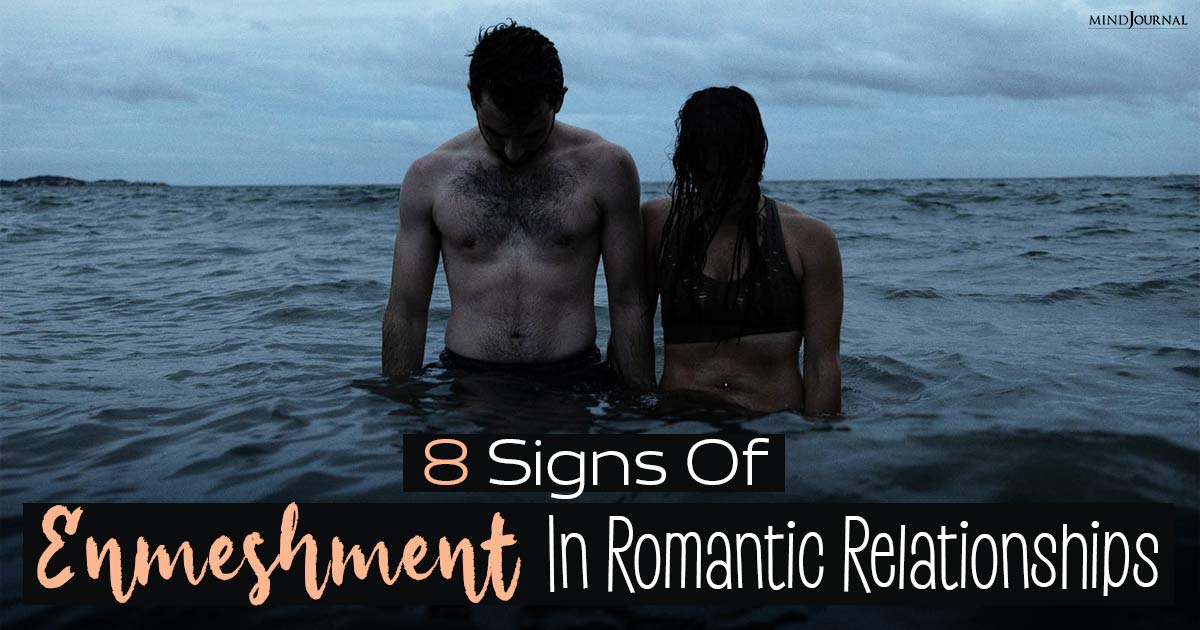
Leave a Reply
You must be logged in to post a comment.